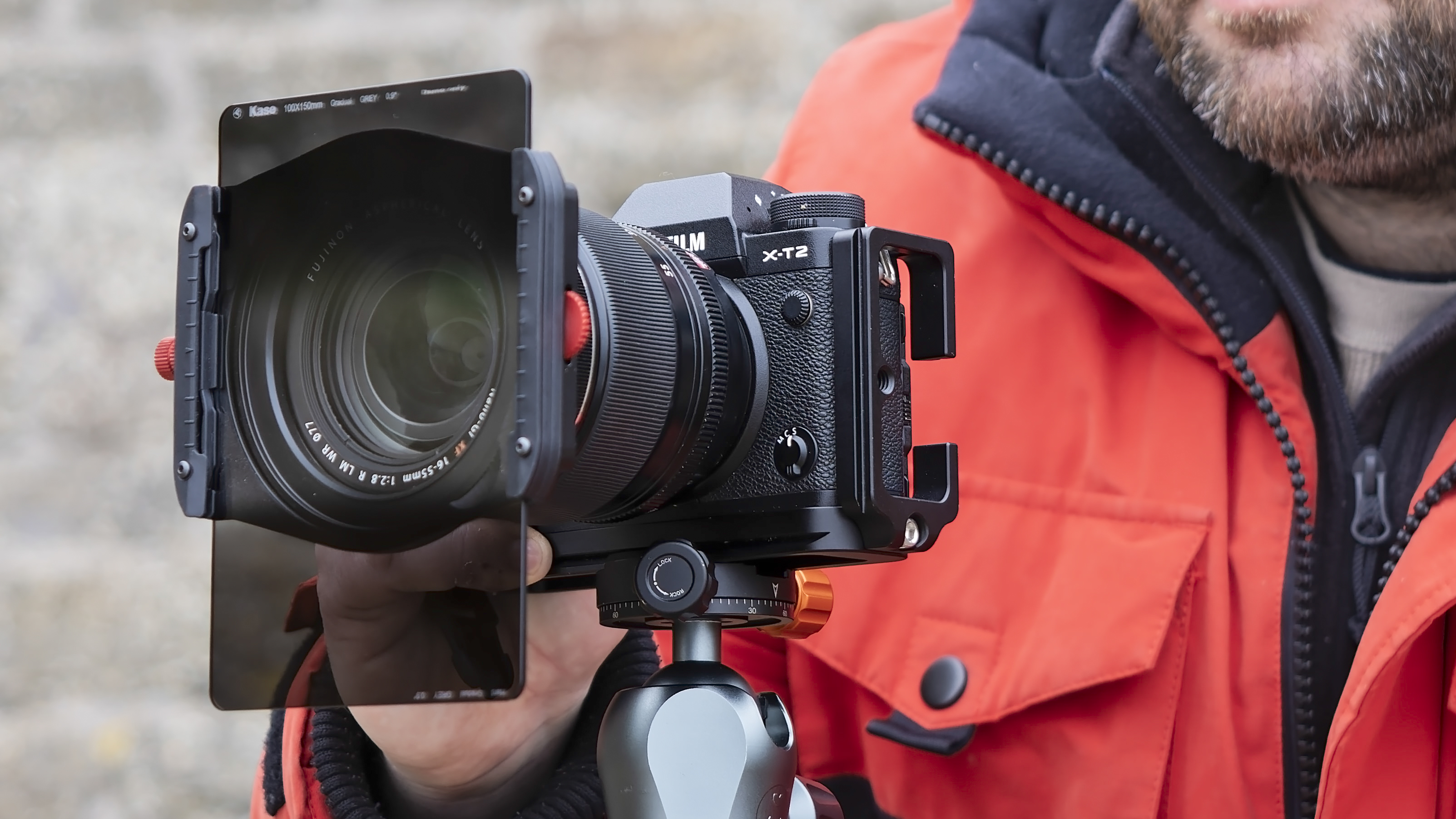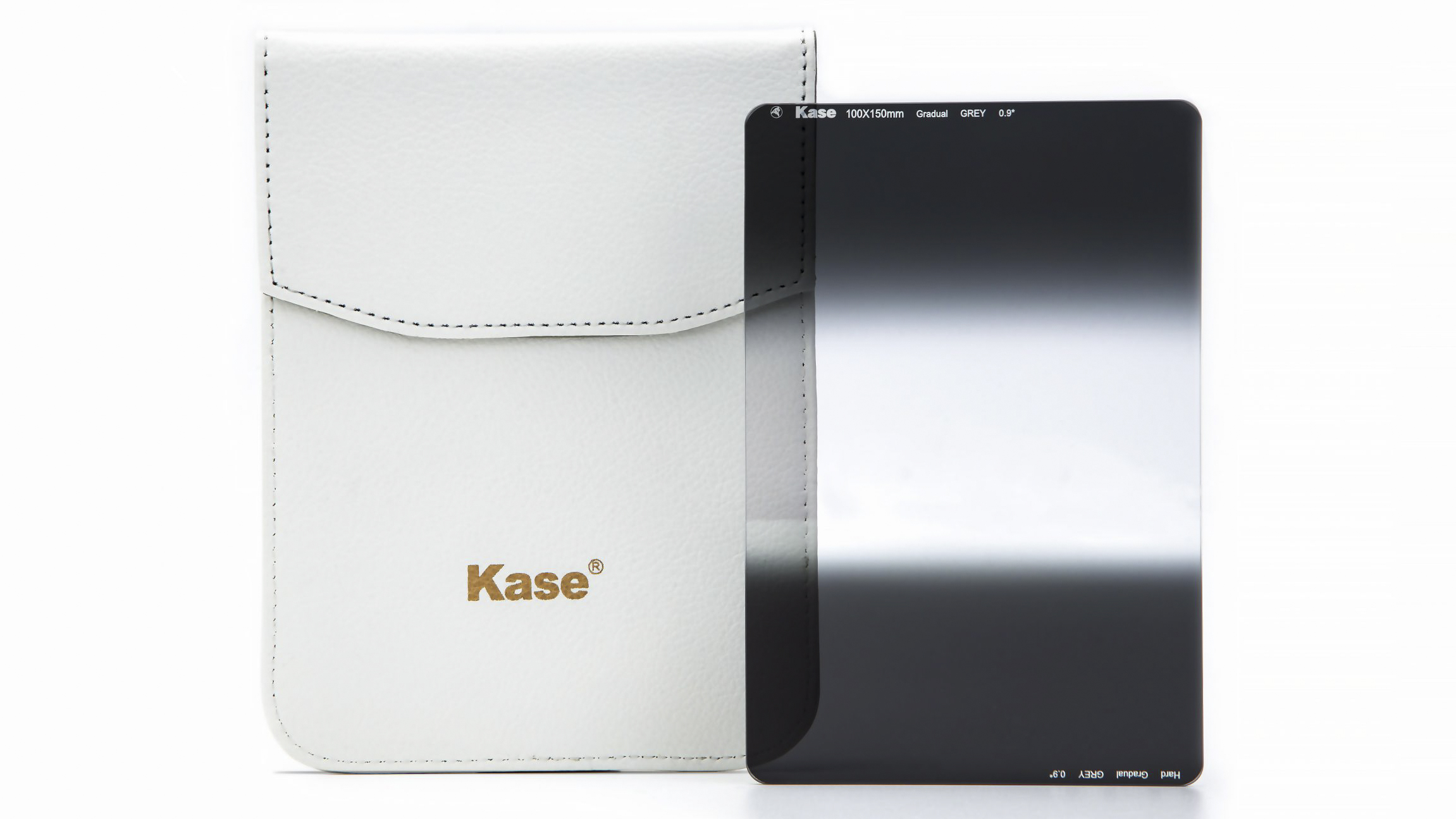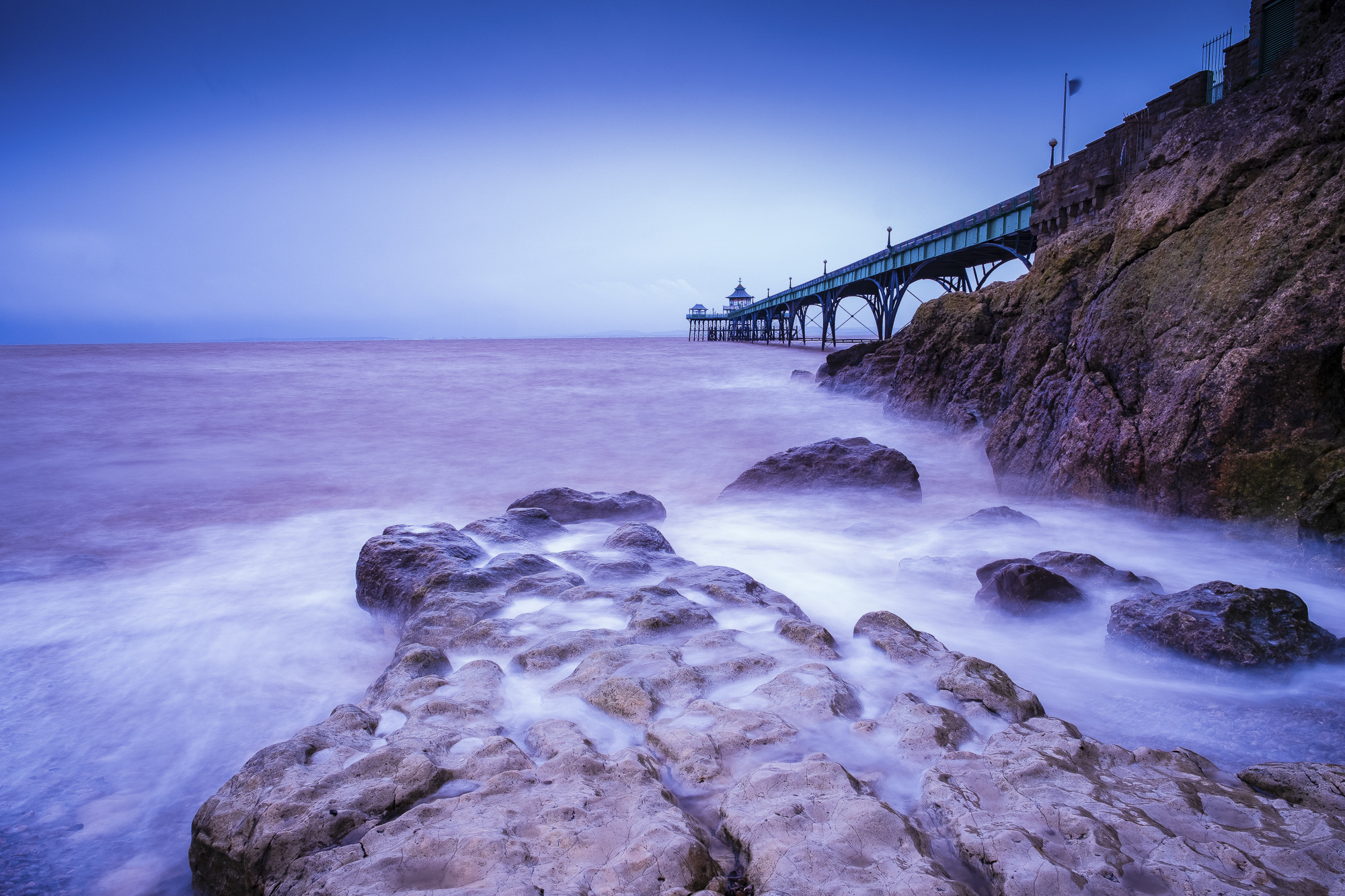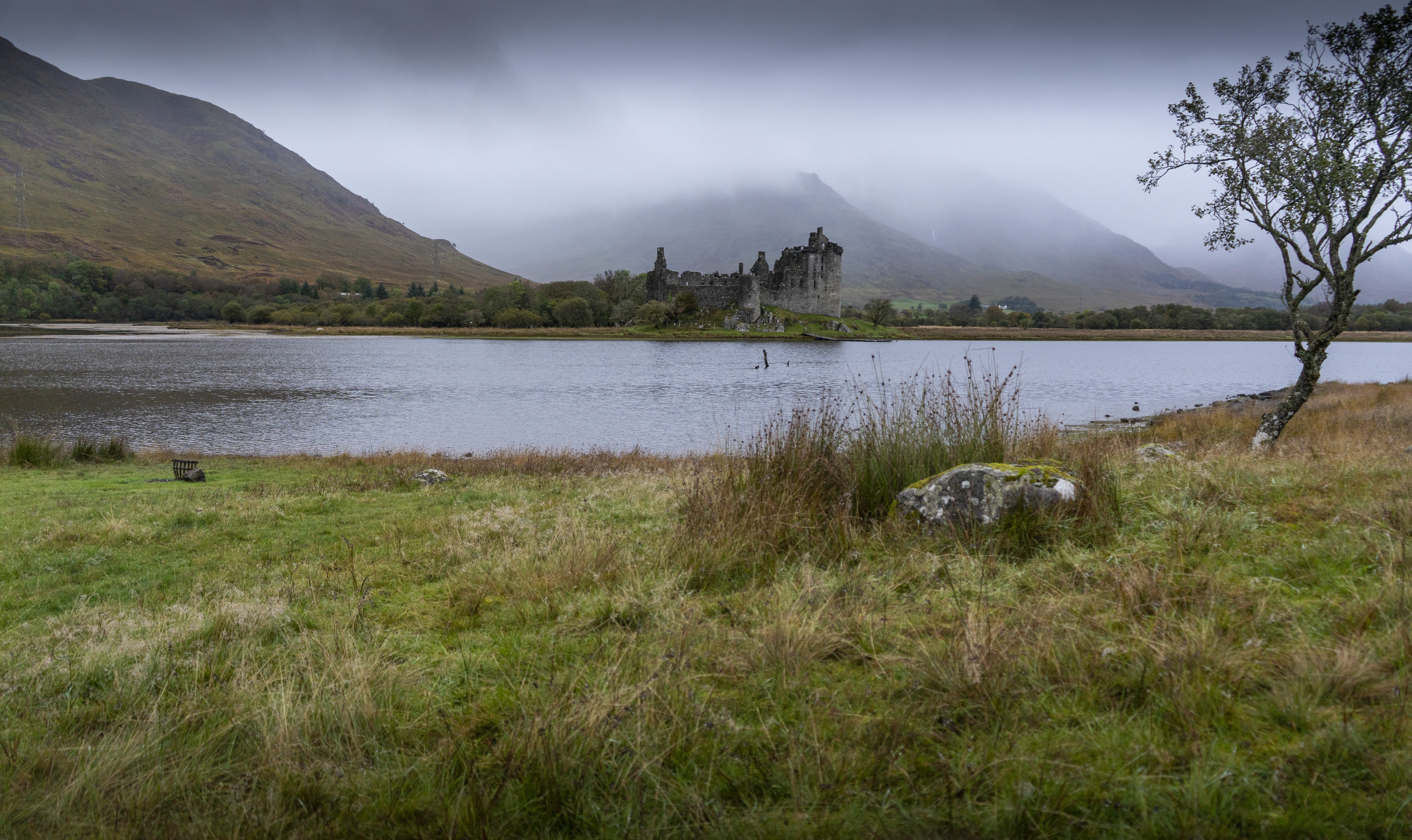Digital Camera World Verdict
The Kase Double Grad is an ingenious solution for photographers who want a more portable, and more affordable, set of ND grad filters. Although not ideal for super-wide lenses, on the whole these filters are great for landscape photographers. They should save you money and space compared to using several traditional grad filters.
Pros
- +
Economical way to get two grad filters
- +
Saves space in your camera bag
- +
Great image quality
Cons
- -
Not suited for use with very wide lenses
- -
Limited range of grad options at present
Why you can trust Digital Camera World
Some new photography products seem so obvious upon launch that you wonder why they haven’t been invented before. Kase’s Wolverine Double Grad filters fit that bill. The 150x100mm rectangular filters, which have been designed for use in standard 100mm holders, feature two gradations on either end of the glass. There are currently two variations available: a 3-stop soft with 3-stop hard grad and a 3-stop reverse with a 3-stop medium. We had an early demo version of the former, but Kase says that more variations will be coming.
So what’s the deal, and why is this filter such a breakthrough? A traditional graduated filter is of course clear at one end and a neutral grey at the other, offering landscape photographers the ability to balance bright skies against dark foregrounds in-camera.
Standard grads (which Kase also makes) are available in two variations; soft edge and hard edge – either a smooth or solid transition from dark to light – and this means essentially a lot of the glass isn’t being used in a shot.
Kase has clearly recognized this and incorporated both a soft and hard gradation into one filter. It might seem like a gimmick, but the product is certainly aimed at pros. The Optical Glass that Kase has produced the ND from is scratch resistant, water-repellent, anti-reflective and easy to clean. This is good news for photographers who regularly shoot in inclement weather, and we can vouch for the filters being easy to wipe down after a seaside shoot. We also tried the filters in Scotland and for some urban photography in London. When packing our kit away, the supplied slimline case did a good job of keeping the filter safe and tucked away in a small bag.

This product is a single filter doing the job of two, and because of this, it has several advantages over a standard grad. The Wolverine Double Grad takes up less weight and space in your kitbag, represents a more economical product (Kase sells its standard Wolverine ND Grads for around $265/£190) and it arguably saves you time in the field comparing filters without having to keep swapping out glass from the holder.
The are perfect for anyone who shoots travel and landscape photography and uses graduated filters to balance exposures. We enjoyed it for seascapes and shooting urban scenes that had clear horizon lines.
Handling

The filter simply slides into a 100mm filter holder, and although we used the Kase K9 holder, the filters 2mm width allows it to slide into most manufacturers holders, including Lee Filters. Once your chosen holder is mounted in front of your lens via the right adapter ring, it’s then fairly straightforward to move the filter up and down to change the proportion of your image that’s covered – we used Live View to see the effect on the composition and which end was best to use.
The Kase Wolverine 100 X 150mm Double Grad 0.9 GND Soft & Hard gives the same strength of filter at either end (the hard end is labelled just in case you need to check) and you can transition between each end by spinning your filter holder around 180 degrees.
Performance

We tested the Double Grad 0.9 GND Soft & Hard filter grad with a variety of holders and focal lengths, and generally found it easy to slot in and position. The hard portion of the filter is ideal for scenes with a very straight and clear horizon – think looking out to sea or perhaps shooting cityscapes over a river.
Kase has made mention of one slight compromise to the design of this filter; that is, when shooting in portrait orientation with wide-angle lenses you can start to run out of glass. In reality we only found this a problem at a 16mm focal length.


We did find ourselves having to be more particular with positioning the Double Grad filter than a standard one and this is because each ND section is essentially narrower with a slimmer band of clear filter. It’s not a dealbreaker, though. Enthusiasts will be just fine to work out the best approach.
Introducing any extra glass in front of your lens always bring with it the worry of image degradation, especially for professionals who require the highest standards. Fortunately we have no complaints about the quality of the Wolverine filters or their impact on sharpness. What’s more, RAW images had no color cast.
Verdict

Although not ideal for super-wide lenses, on the whole these filters are an ingenious solution for landscape photographers. They should save you money and space compared to using several traditional grad filters.
Read more:
• Best filter holders
• Best ND grad filters
• Best polarizing filters
• Best neutral density (ND) filters
• Best variable ND filters
• Best lens protection filters
• Best light pollution filters
• Best close up filters
• Camera filters explained

Lauren is a writer, reviewer, and photographer with ten years of experience in the camera industry. She's the former Managing Editor of Digital Camera World, and previously served as Editor of Digital Photographer magazine, Technique editor for PhotoPlus: The Canon Magazine, and Deputy Editor of our sister publication, Digital Camera Magazine. An experienced journalist and freelance photographer, Lauren also has bylines at Tech Radar, Space.com, Canon Europe, PCGamesN, T3, Stuff, and British Airways' in-flight magazine. When she's not testing gear for DCW, she's probably in the kitchen testing yet another new curry recipe or walking in the Cotswolds with her Flat-coated Retriever.


